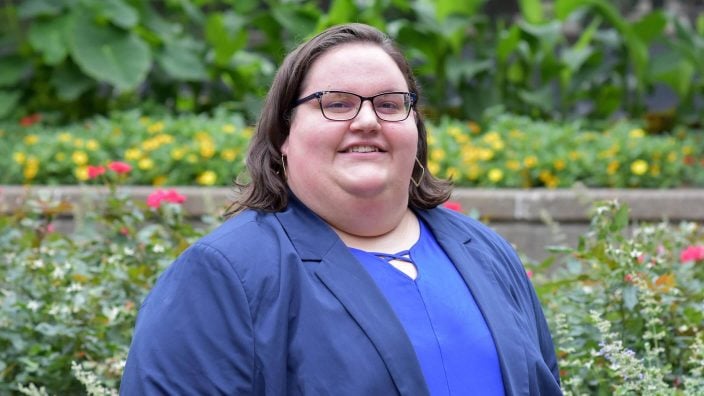AgriPOWER Class XIV Session 4: Farm tours and current issues
In this session of AgriPOWER, Class 14 was able to tour some unique forms of agriculture as well as dive into hot topics like CAUV, H-2A and the carbon market.
Read MoreOverall it was a fantastic trip to see the similarities and differences in the agricultural industry across our nation. We’re all facing different issues, but working toward a common goal and fighting for an industry we love.
Session 6 of AgriPOWER found our class exploring just a small part of the huge state of Texas. After flying into Dallas, we bonded on the drive to the Lubbock area and were welcomed to Dan Taylor’s farm with a delicious brisket lunch. A former ag teacher, Dan is also a retired farmer and cotton gin owner with a passion for preserving the history of the cotton industry as evidenced by the memorabilia in his barns.
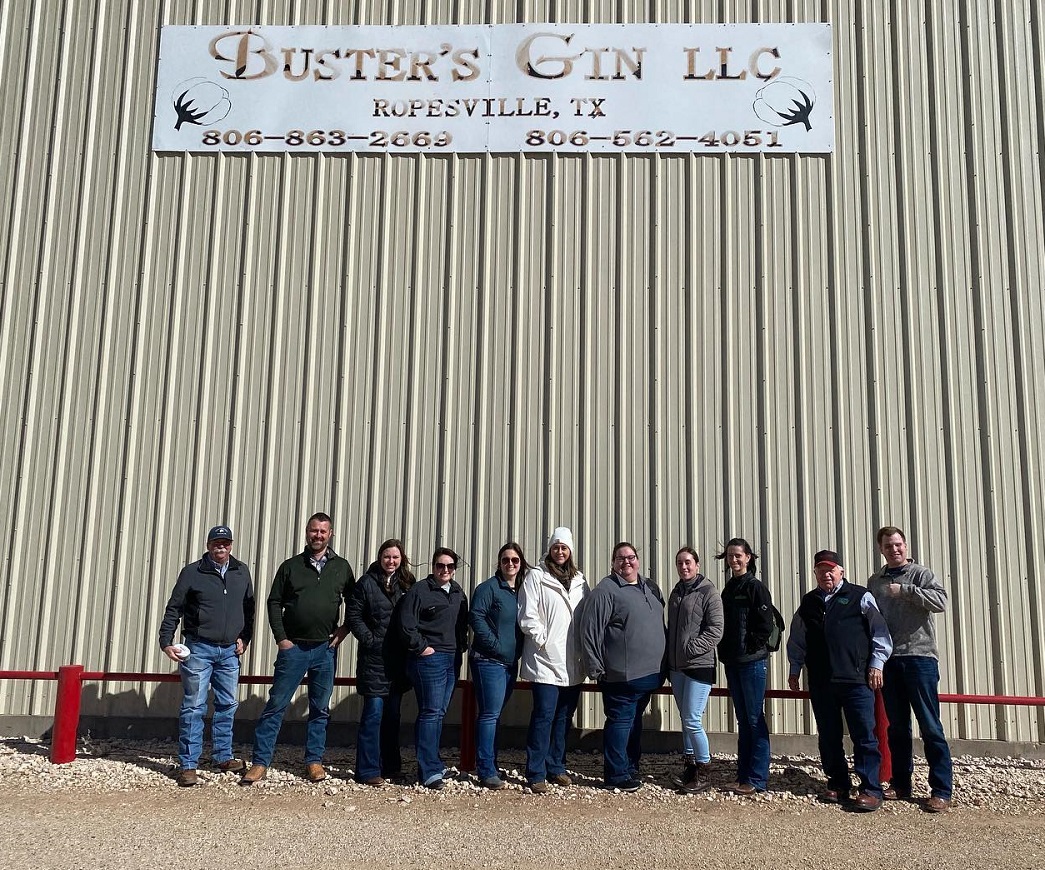 With our newly acquired knowledge of cotton growing and harvesting, we headed over to Buster’s Cotton Gin and walked through the machines and processes from where raw cotton comes in to how quickly it is dried and cleaned and run through the gin where the fiber is separated from the seed and made into 500 pound bales to be sold. Cotton is graded on quality factors to determine market pricing, similar to our grain crops in Ohio. Each bale is also tagged and can be traced back to the field where it was grown.
With our newly acquired knowledge of cotton growing and harvesting, we headed over to Buster’s Cotton Gin and walked through the machines and processes from where raw cotton comes in to how quickly it is dried and cleaned and run through the gin where the fiber is separated from the seed and made into 500 pound bales to be sold. Cotton is graded on quality factors to determine market pricing, similar to our grain crops in Ohio. Each bale is also tagged and can be traced back to the field where it was grown.
Rounding out our first day of tours was the FiberMax Center for Discovery that brings agriculture to life for people of all backgrounds. Their outdoor space allows for exploration of a unique collection of equipment and their indoor exhibits bring history to life with a variety of still exhibits and mix of technology to showcase the past and highlight advancements that have brought us to today.
We then caught a brief view of Texas Tech’s campus before dinner where we were able to catch up with Ohio native, Kameron Rinehart who gave us some insight into his experience so far in his agricultural education PhD program at Texas Tech.
Our second day of tours found us back on the road heading north to Coffey Seed Company in Plainview, Texas. Specializing in forage seeds, Chris Leach explained some of the work they’ve done to breed forage plants that are both more adaptable to their respective climates and more digestible for their livestock consumers. Their modest set-up houses some important processes and seed technology for forages across the US as well as internationally with a second location for seed trials located in Puerto Rico.
Legacy Farms Dairy was our next stop and offered a glimpse into the differences the same industry sectors may face in different areas. While their main location is in Plainview, Texas, the Bouma family also operates a dairy farm in Ohio and has recently been looking to invest in another location – possibly in Ohio, or Kentucky. While Ohio offers some things Texas may not, like high quality grains and more water availability, they have faced more issues with local governments and difficult neighbors. While many of their cows bear a resemblance to the classic Holstein dairy cows, they are diving into different breeds to develop cows that are more tolerant to the heat resulting in some unique hump back long eared calves that while more tolerant to the heat, also require a bit more attention during the intermittent freezing weather of North Texas winters.
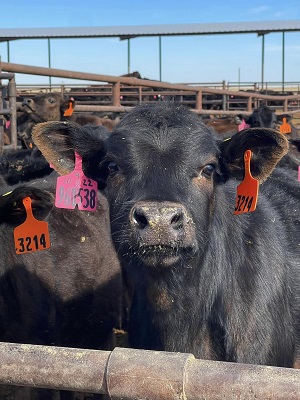 We then continued north to Happy, Texas and were met by more than 60,000 cattle at Quien Sabe Feeders – a beef feedlot that is actually on the smaller side for Texas. Animal health and care is a top priority for managing their herds. We also gained insight into the changes in the meat packing industry and the demand for more pricing transparency from the packers. Another common theme here, as well as the rest of West Texas is the changes in water availability. While wells aren’t running dry, there have been drastic changes to their water resources in the last 20 years.
We then continued north to Happy, Texas and were met by more than 60,000 cattle at Quien Sabe Feeders – a beef feedlot that is actually on the smaller side for Texas. Animal health and care is a top priority for managing their herds. We also gained insight into the changes in the meat packing industry and the demand for more pricing transparency from the packers. Another common theme here, as well as the rest of West Texas is the changes in water availability. While wells aren’t running dry, there have been drastic changes to their water resources in the last 20 years.
Our final tour for the day took us to the West Texas A&M meat lab and beef carcass research center. We toured their state-of-the-art butchering facilities and learned about all the hands-on opportunities available to students with their sensory lab, kitchen that supplies some menu items to the school’s café and the student operated store that sells a variety of cuts of meat as well as specialty snack sticks and jerky. The research center also gives students insight into the industry as they collect data from packing plants sometimes working alongside USDA inspectors.
The day wrapped up with a short break to take in the amazing views at the Palo Duro Canyon – the second largest canyon in the U.S. – before heading back to our hotel for the night.
Our final day in Texas was spent at the Fort Worth Stockyards where we explored the historical buildings that remain – the exchange building, historic hotels, a small portion of the cattle pens and many others that have been repurposed into shopping and restaurants to invite a modern and comfortable feel to visitors while they get a touch of the history and heritage of the Texas cattle industry.
Overall it was a fantastic trip to see the similarities and differences in the agricultural industry across our nation. We’re all facing different issues, but working toward a common goal and fighting for an industry we love.
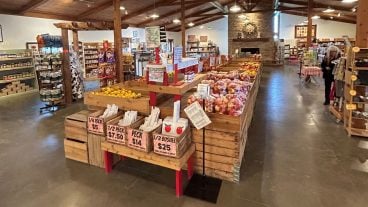
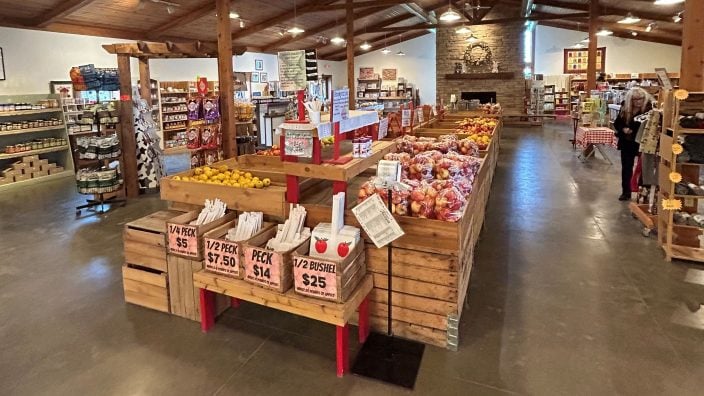
In this session of AgriPOWER, Class 14 was able to tour some unique forms of agriculture as well as dive into hot topics like CAUV, H-2A and the carbon market.
Read More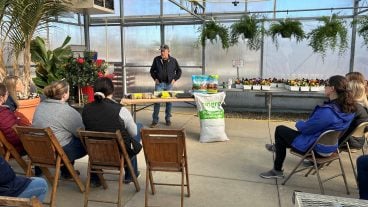
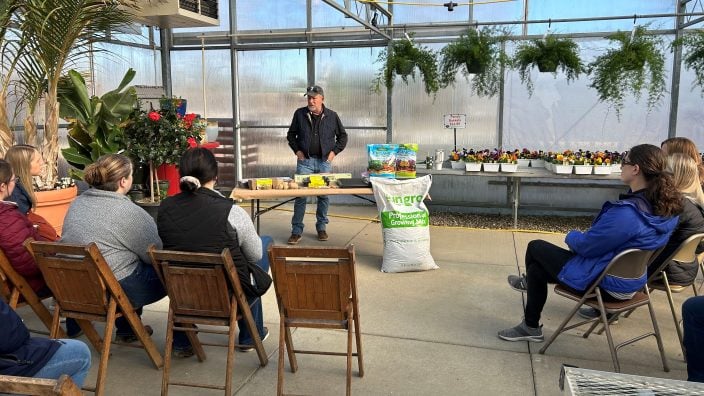
AgriPOWER Class XIV spent a few days in March in Medina and Wayne counties learning more about northern Ohio agriculture from leaders in Ohio Farm Bureau.
Read More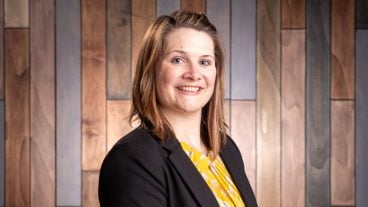
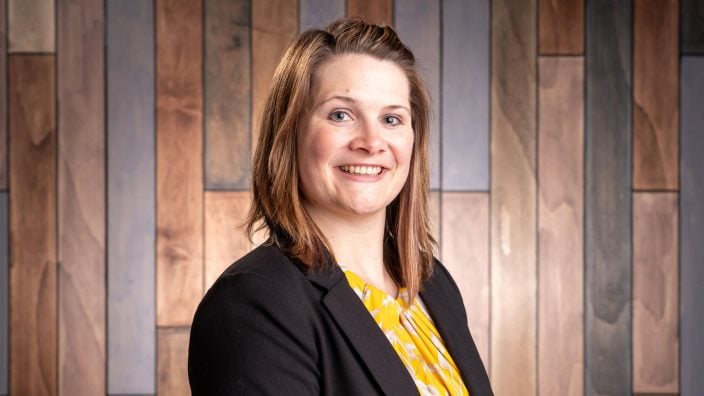
The theme of harnessing current skills and growing them into a larger leadership role were present in all of the activities we conducted in Session One.
Read More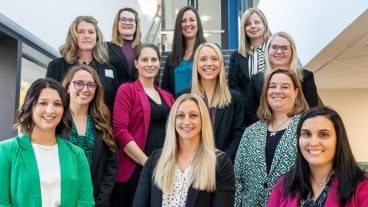
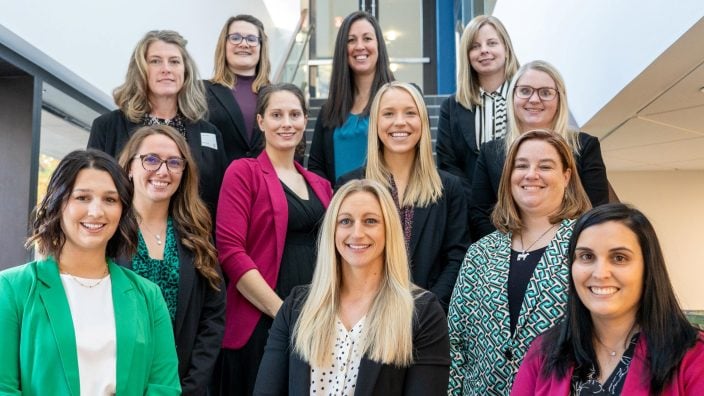
AgriPOWER is a program of Ohio Farm Bureau and designed for farmers and agribusiness professionals. It focuses on public issues that are relevant to the food industry.
Read More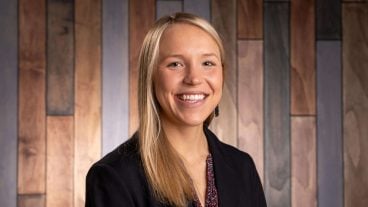
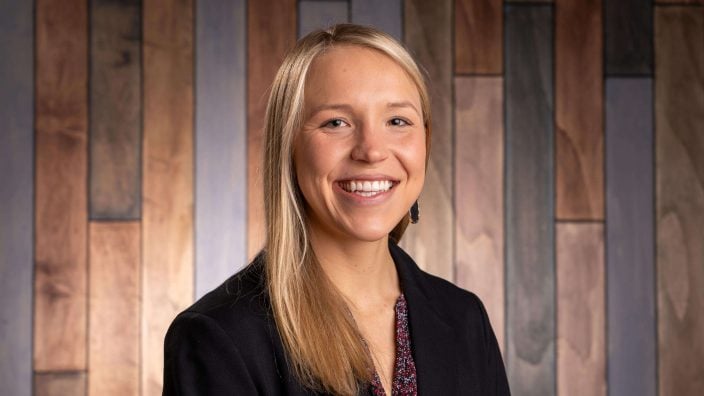
Blake Adams of Leesburg is one of 14 farmers and agribusiness professionals selected to participate in the 2023-2024 AgriPOWER Institute.
Read More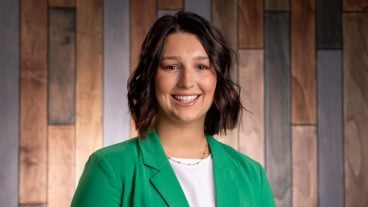
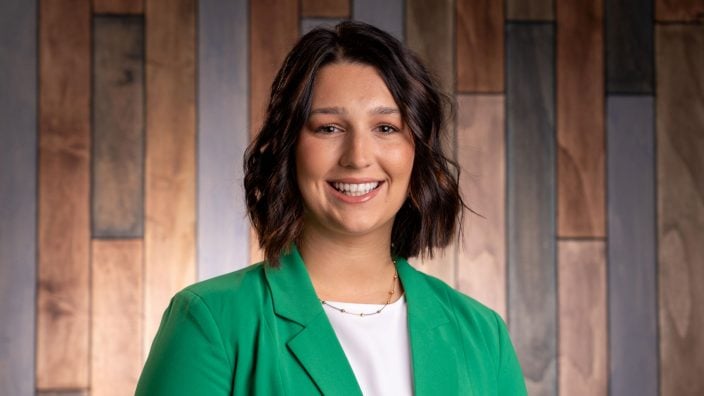
Jenna Brown of Utica is one of 14 farmers and agribusiness professionals selected to participate in Ohio Farm Bureau’s 2023-2024 AgriPOWER Institute.
Read More

Dierdre Christy of Carey is one of 14 farmers and agribusiness professionals selected to participate in the 2023-2024 AgriPOWER Institute.
Read More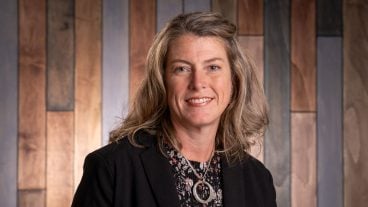
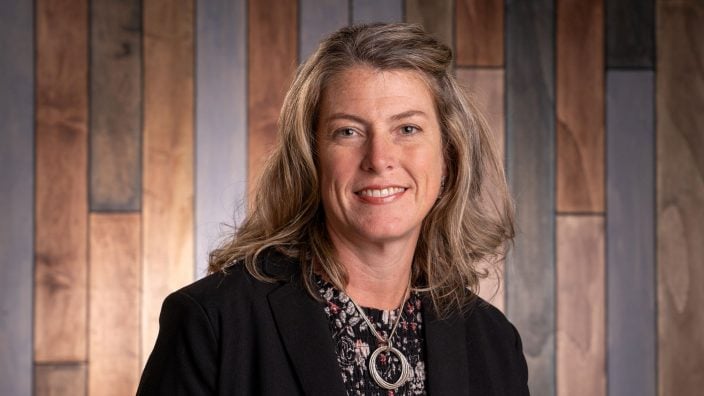
Heather Coen of New Concord is one of 14 farmers and agribusiness professionals selected to participate in the 2023-2024 AgriPOWER Institute.
Read More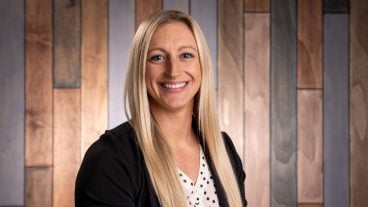
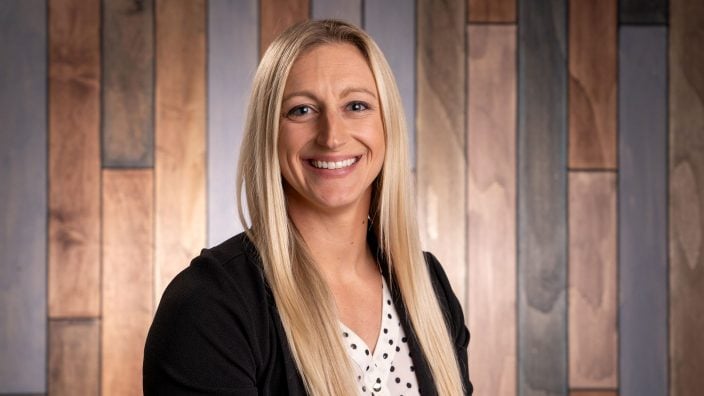
Cristen Cramer of Woodville is one of 14 farmers and agribusiness professionals selected to participate in the 2023-2024 AgriPOWER Institute.
Read More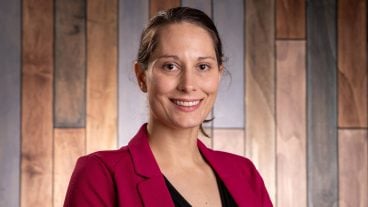
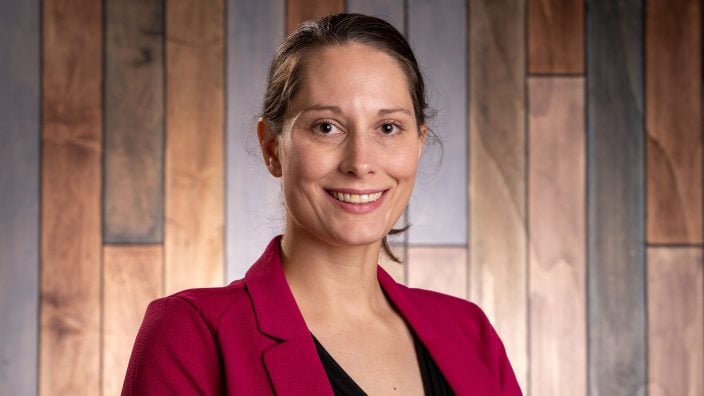
Olivia Krumwiede of Wakeman is one of 14 farmers and agribusiness professionals selected to participate in the 2023-2024 AgriPOWER Institute.
Read More